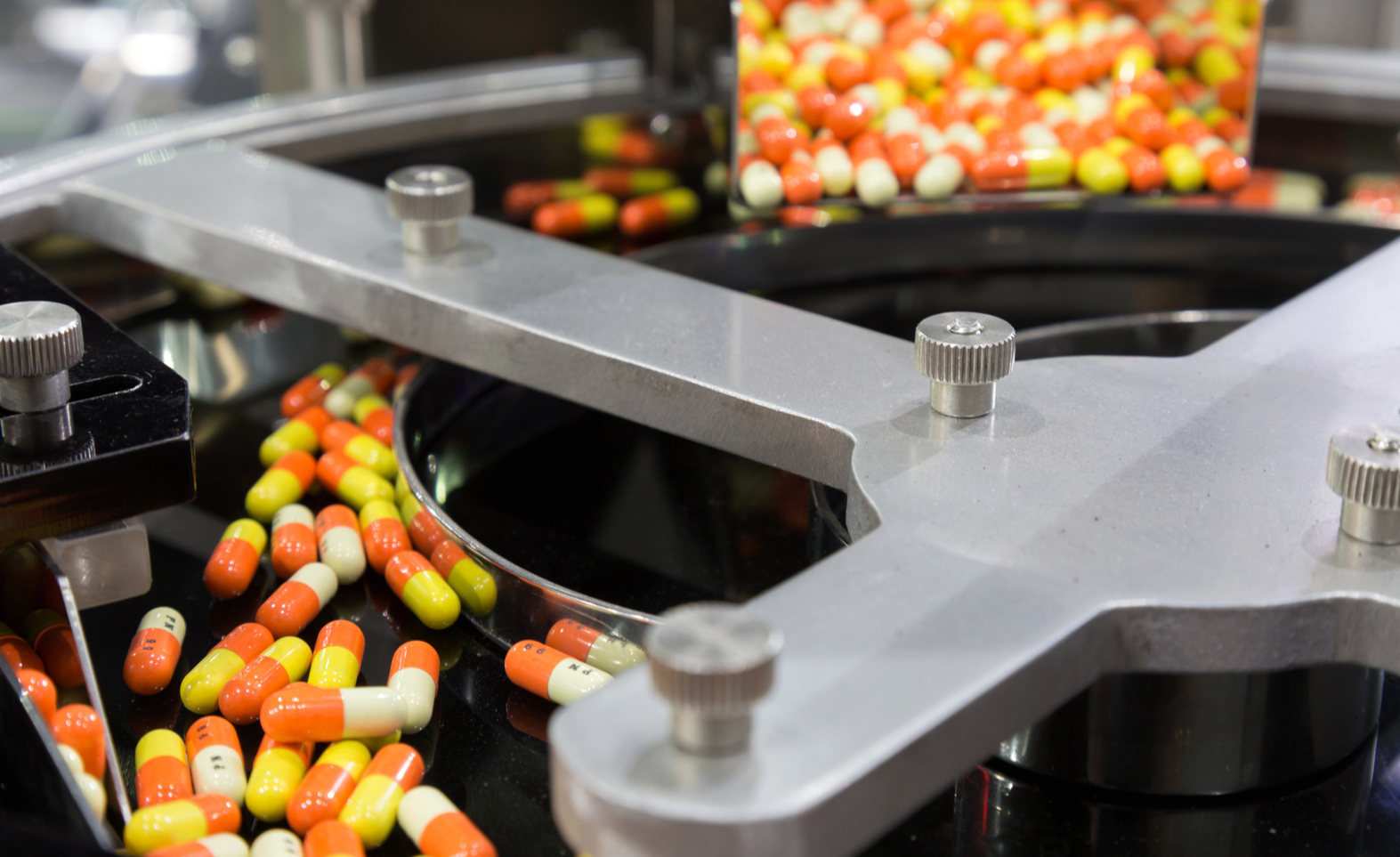
February 23, 2021
The Indian API industry is set to grow from US$ 11.04bn in 2020 to US$ 18.08bn by 2026, at a CAGR of 8.57%
Indian drug companies are exploring local manufacturers of API to reduce dependency on China.
Improvement in API assembling, promotion of its clusters and PLIs are driving the growth of the API market.
India needs to improve its infrastructure and accelerate any approval processes to be rid of Chinese imports.

In another significant move towards the Atmanirbhar Bharat, Indian drug companies are exploring local manufacturers of APIs, so that they can reduce their dependence on China. India, despite earning the moniker of “the pharmacy of the world”, owing to its massive production capacity of both generic drugs and vaccines, is highly dependent on China for half of its Active Pharmaceutical Ingredient (API) needs. The pandemic has caused major disruptions to supply from China, and this has encouraged pharma companies to look around for ingredients and local vendors who can promise consistency and competitive prices to make important drugs which are sold globally. To be fully independent from Chinese imports, India needs to improve its infrastructure and accelerate approval processes.
Since the Indian API industry has been highly dependent on China for quite sometime now the prices have been quite volatile. This dependence on a single source, has an adverse impact in emergency-like situations, like the current covid-19 pandemic, which has caused a global disruption of supplies of essential medicines. In order to cater to its pharmaceutical needs in-house, India needs a holistic and conducive ecosystem to rebuild its API manufacturing capabilities, which rely on favourable government policies and fiscal support to boost private and foreign investment. In the immediate term suggested changes around pricing policy, along with come financial incentives and faster approvals on environmental clearances, can give a required boost to the API industry.
As per the GME analysis, the Indian API industry is apprised at US$ 11.04bn in 2020 and hopes to reach US$ 18.08bn by 2026, at a CAGR of 8.57%. The Indian pharmaceutical industry is the world’s third largest, riding on the back of a rapidly increasing rate of persistent infections, along with the rising importance of conventional drugs. Improvement in dynamic drug fixing (API) assembling, and development of the biopharmaceutical area is additionally driving the market development. This market growth along with promotion of API clusters and Production Linked Incentive (PLI) programs by the Government of India shall encourage setting up of API manufacturers in the country, thereby drastically altering the market dynamics.